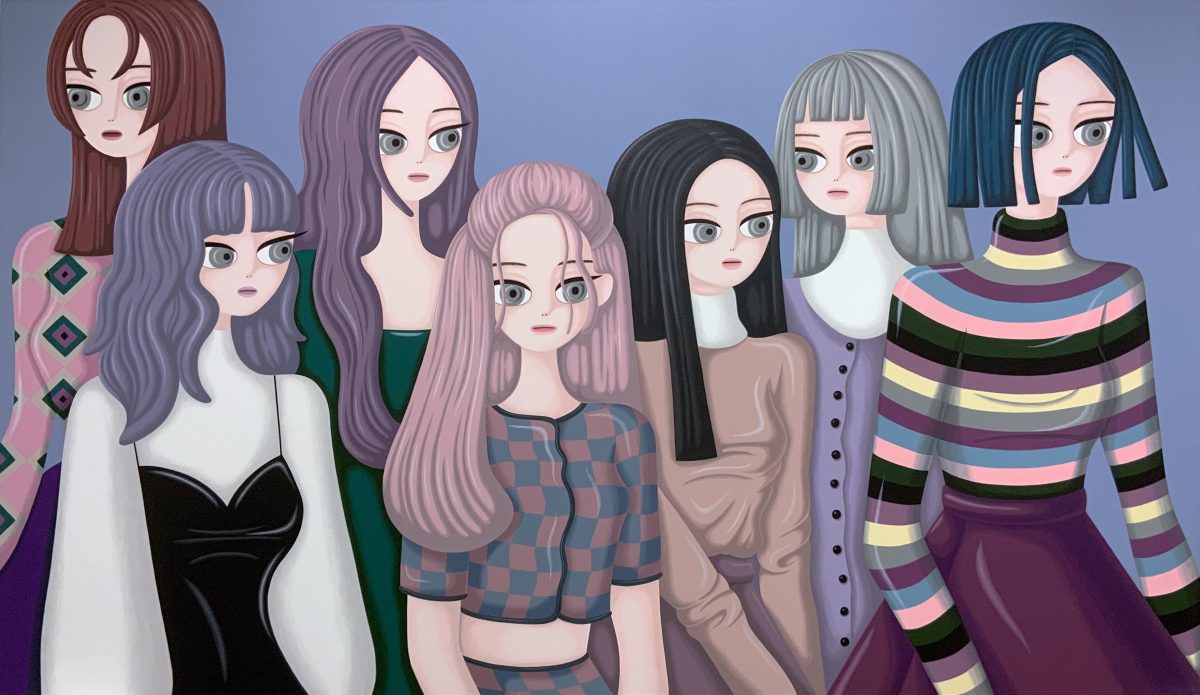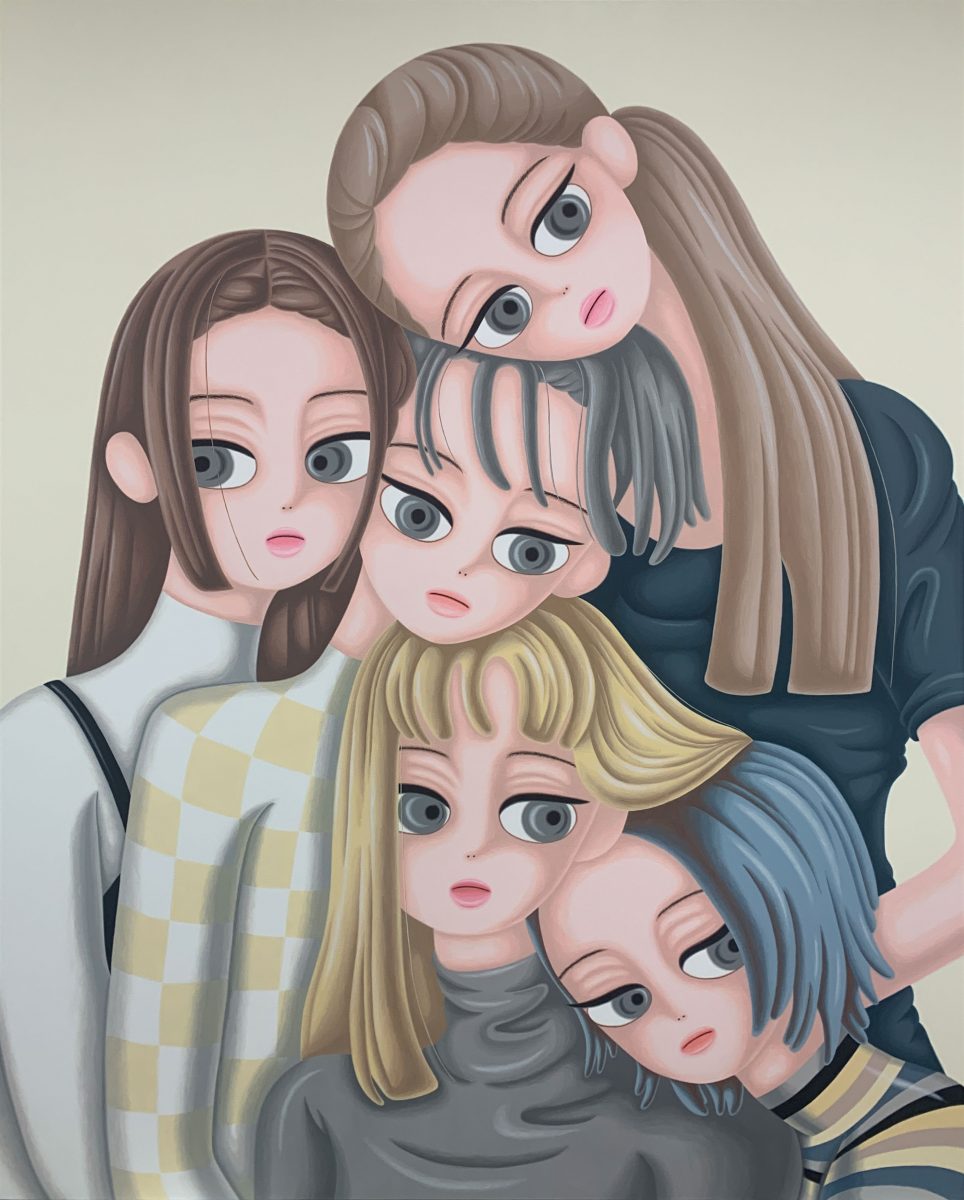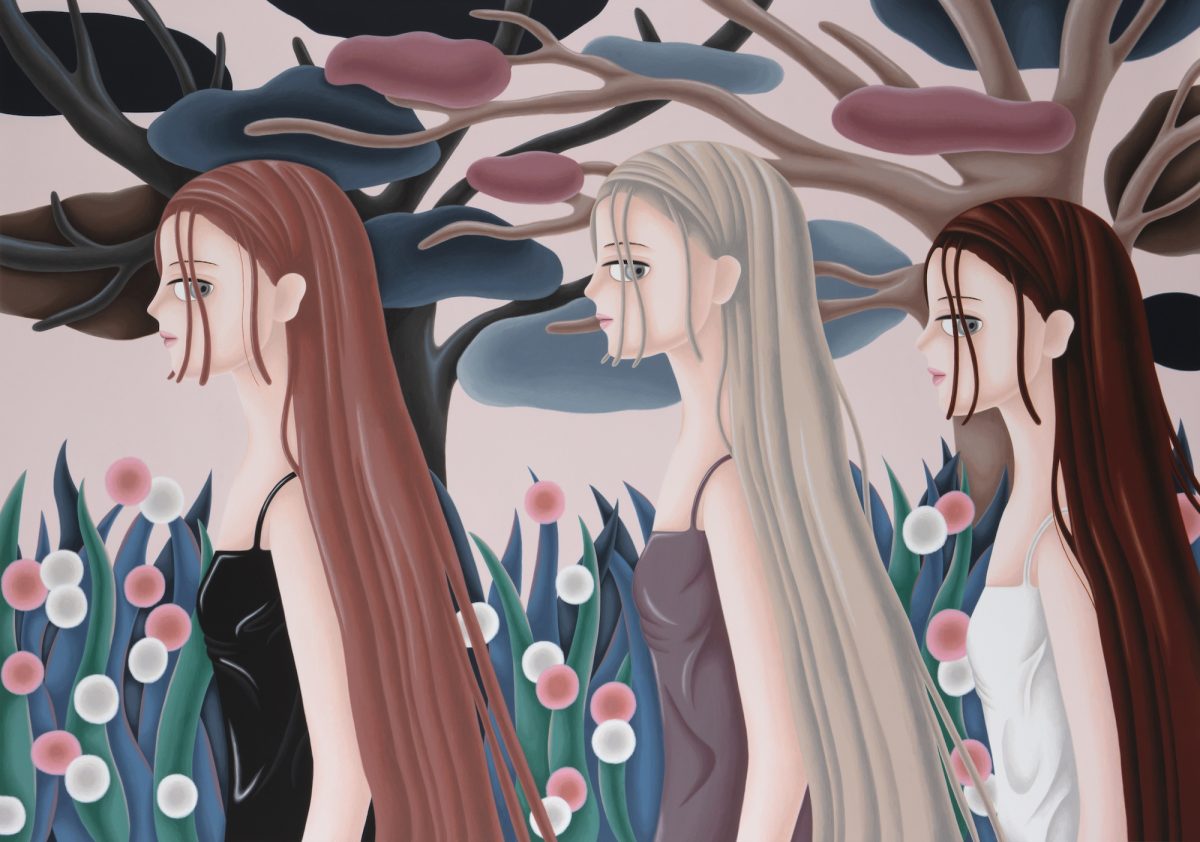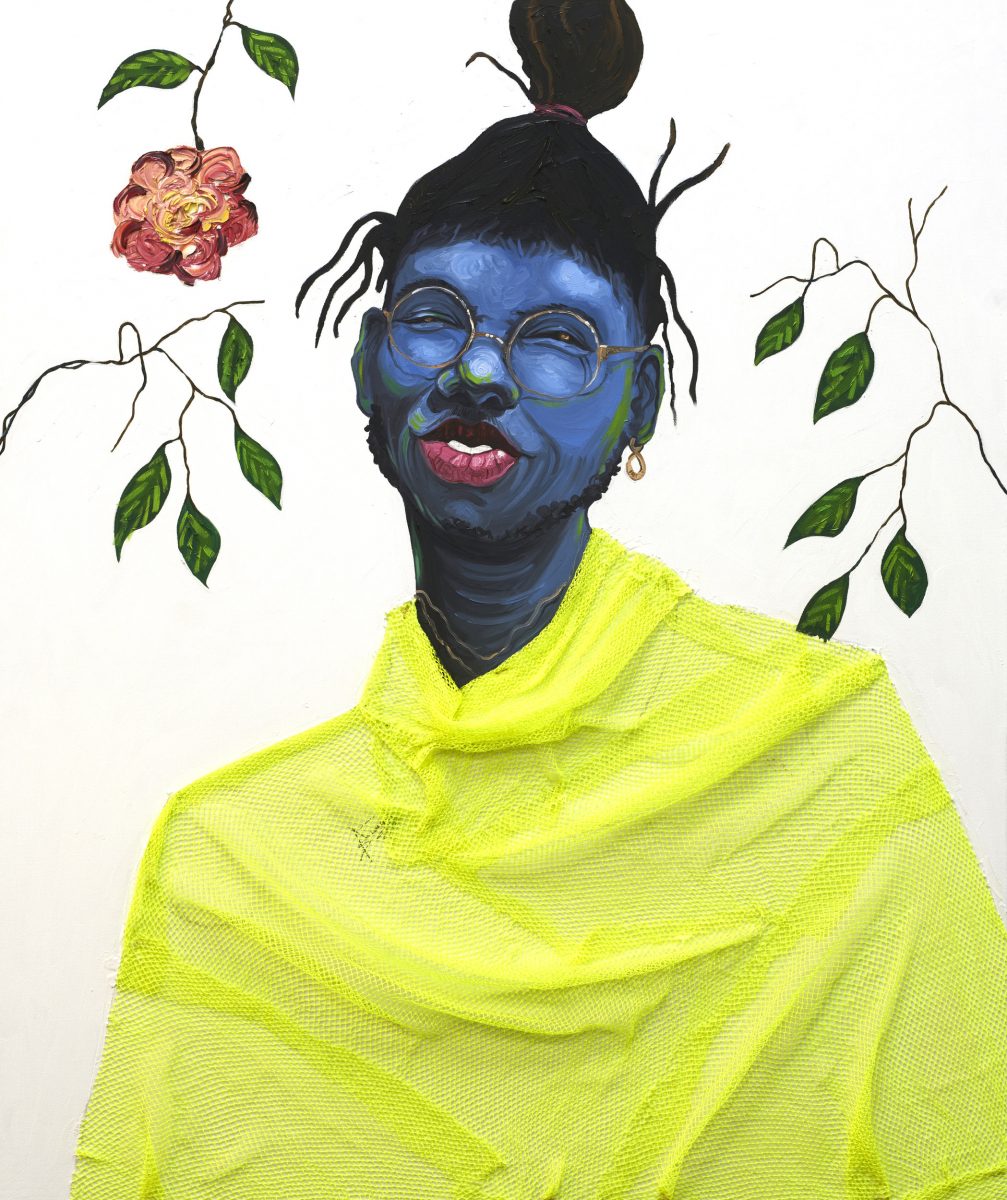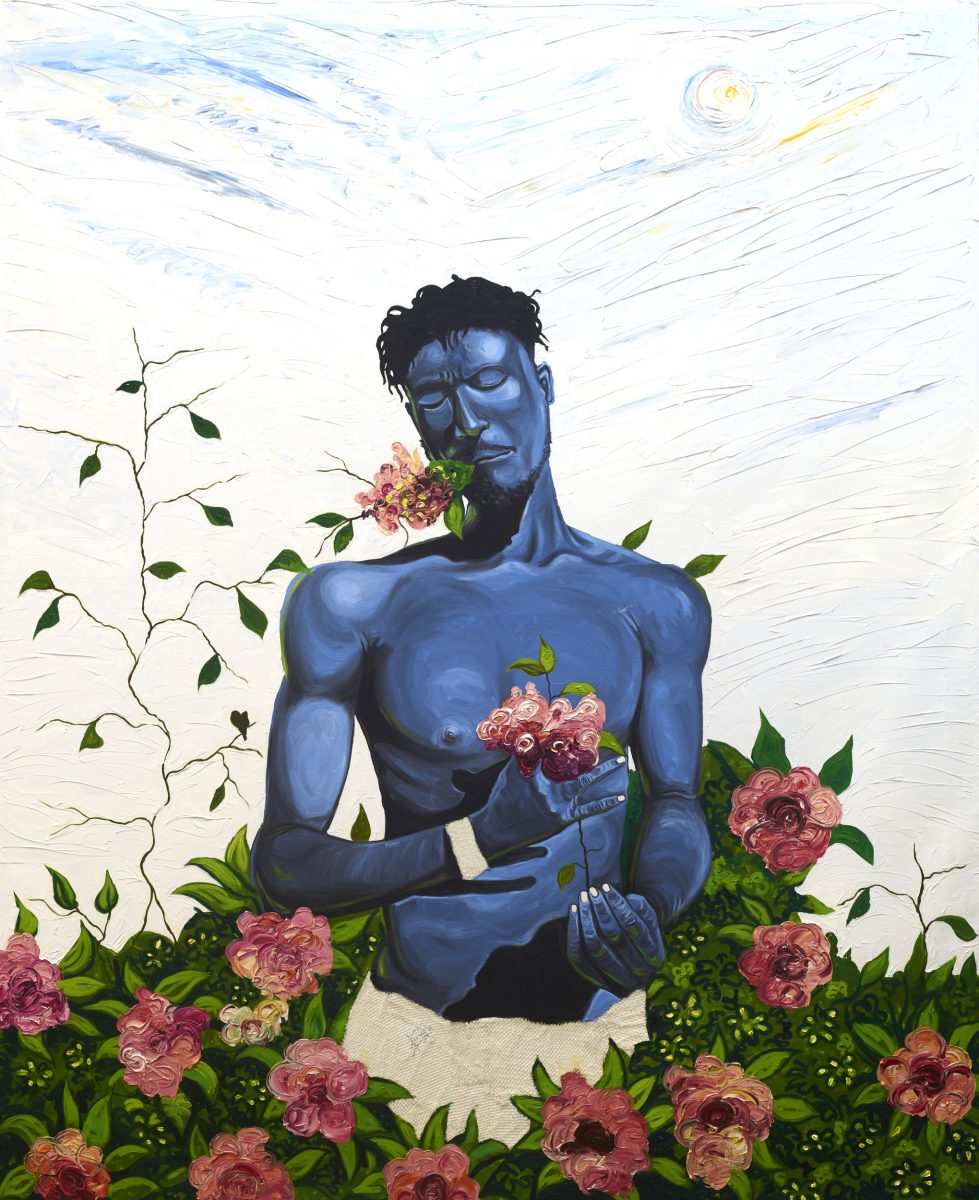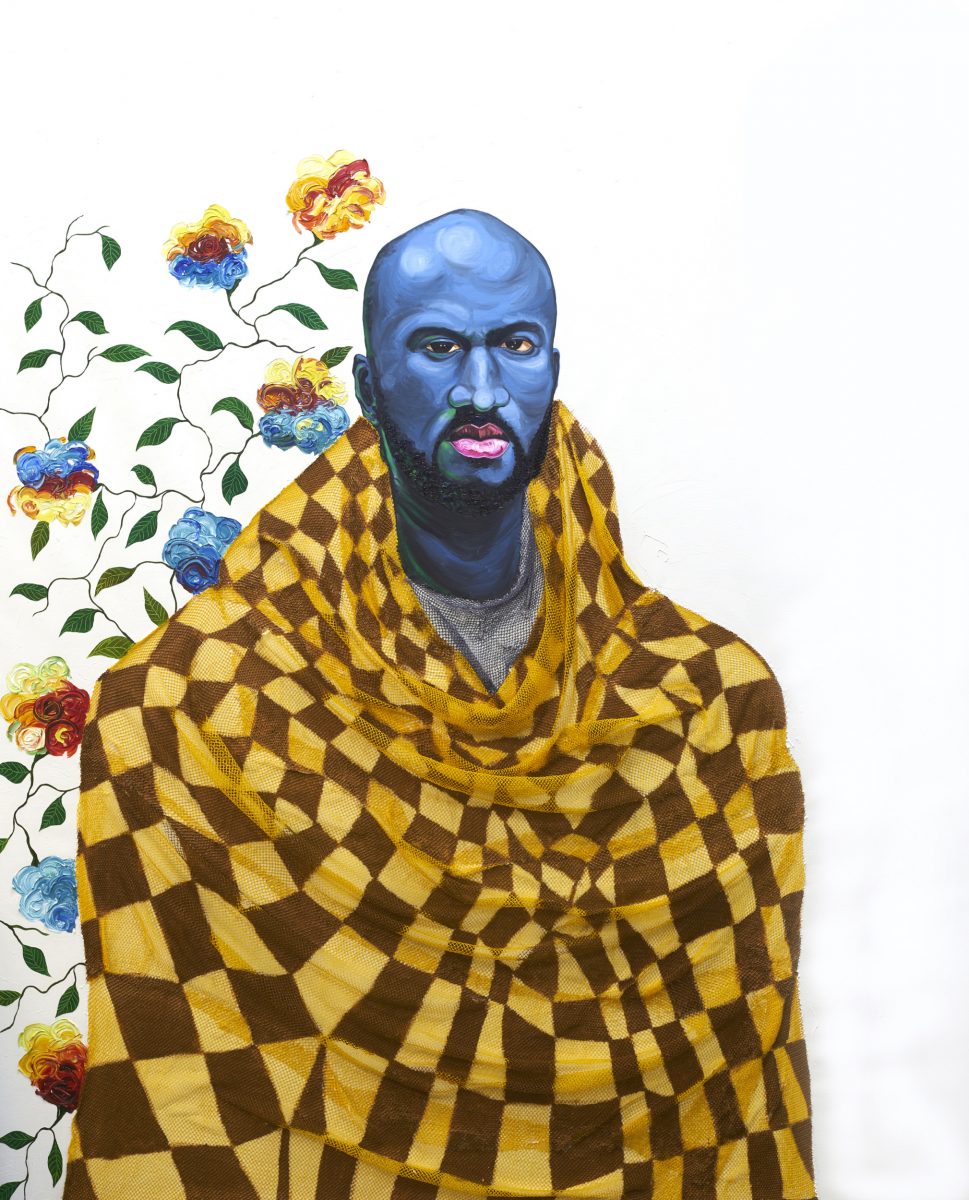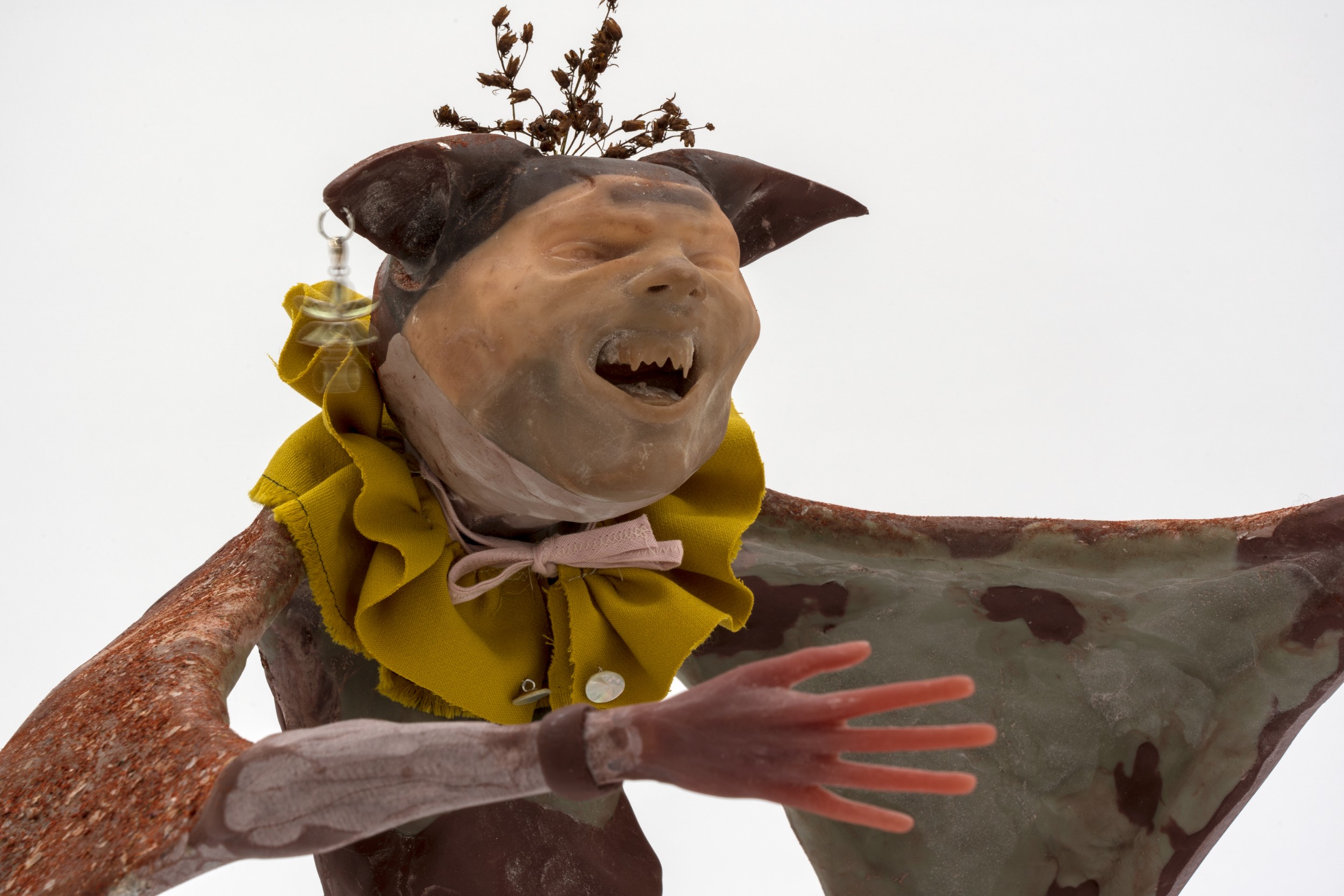
Nils Alix-Tabeling
All is not quite right in the imaginary world of Nils Alix-Tabeling, whose surreal sculptures draw upon ancients mythologies, tales of witchcraft and folkloric beliefs. A mutant cat nibbles at its own toes, while a winged creature laughs as it prepares to take flight. In Maison Catabase, his new exhibition at Public Gallery in London, the French artist combines these sculptures with a set of ornamental furniture, as if to create a domestic setting in which these strange scenes play out, which he describes as “allegories of divine domesticity”.
Alix-Tabeling’s references jump between histories as varied as that of Heliograbalus, the Roman emperor whose reign was steeped in religious controversy and sexual scandal, and the three Greek goddesses of the moon, Selene, Artemis and Hecate. The lessons of the past collide with the present, as Alix-Tabeling draws parallels between historic witch-hunts and the continued prejudice and violence against marginalised groups in countries around the world, including queer communities, women and people of colour. (Louise Benson)
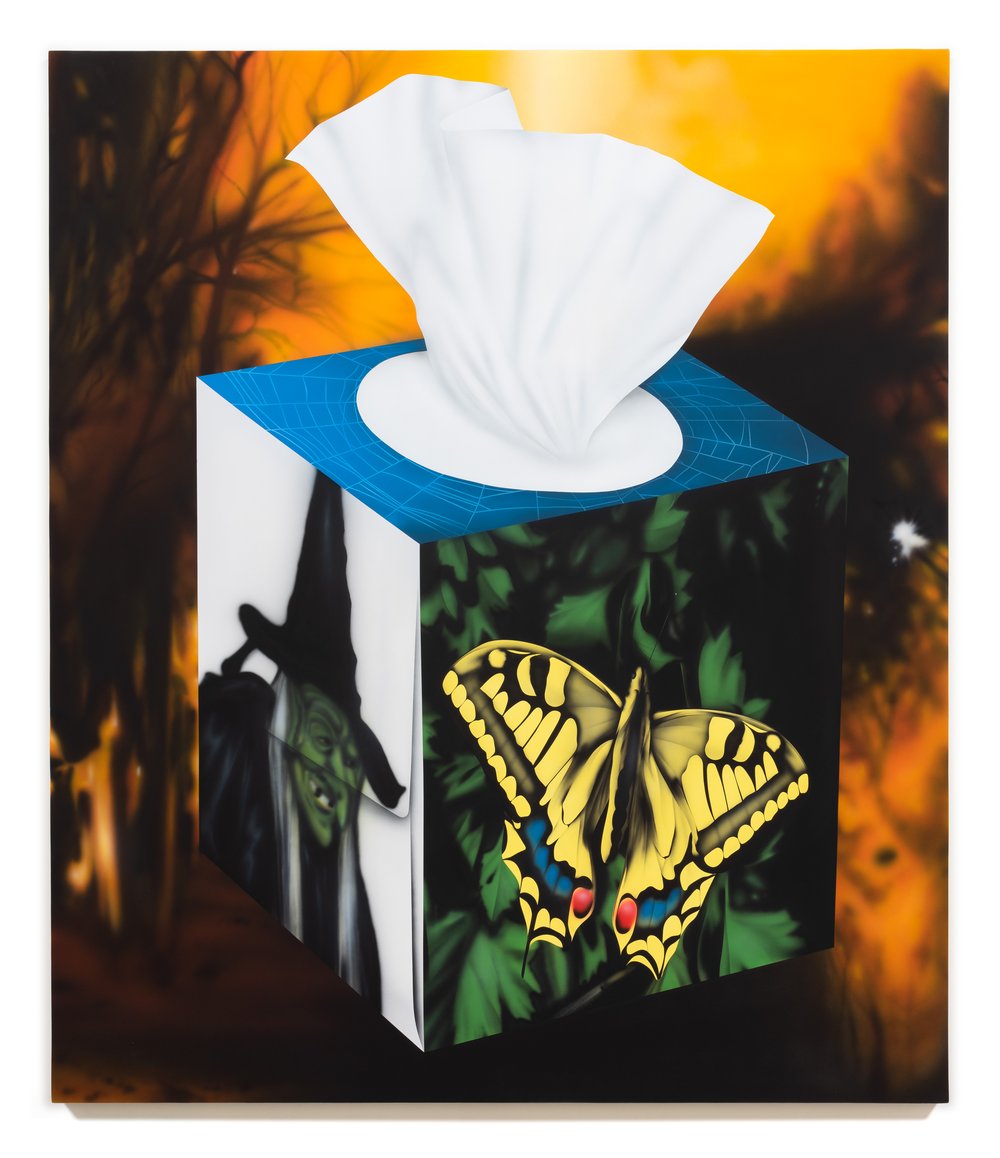
Aaron Elvis Jupin
The Californian artist has had a busy start to the year: Aaron Elvis Jupin’s solo show at Moskowitz Bayse closed in the first week of February; his work was part of a current group show with Guts Gallery and The Sunday Painter in London until recently; and he will take part in another group show at Moskowitz Bayse during Frieze LA.
Jupin creates slick surfaces, many of which have an intricate attention to detail and almost wet finish, as though a smooth filter has been applied to the object he paints. He spins seemingly significant moments out of ten-a-penny objects. In one work, a giant cobweb hangs in front of a cluster of bright yellow, out of focus flowers. In another, a large tissue box is emblazoned with paintings of witches and butterflies. (Emily Steer)
Sujin Lee
There is something claustrophobic about Sujin Lee’s scenes of girlish frivolity. The South Korean artist paints only young women, who lean together conspiratorially and walk in tight groups as if a certain tribal togetherness were necessary for self-preservation. It all seems linked to the fraught experience of coming-of-age, when everything feels as if it is in motion, and self-image is of utmost importance.
There looms the feeling in Lee’s paintings that something is about to go terribly wrong, hidden just out of sight in the particularities of the group dynamics. The lush, verdant surroundings (inspired by Lee’s upbringing in Jeju Island) add to this tension, where flowering fronds and towering tree trunks heighten the dreamlike atmosphere of intimate scenes. Twenty new works by Lee can currently be viewed at Saatchi Yates gallery in Mayfair, London. (Louise Benson)
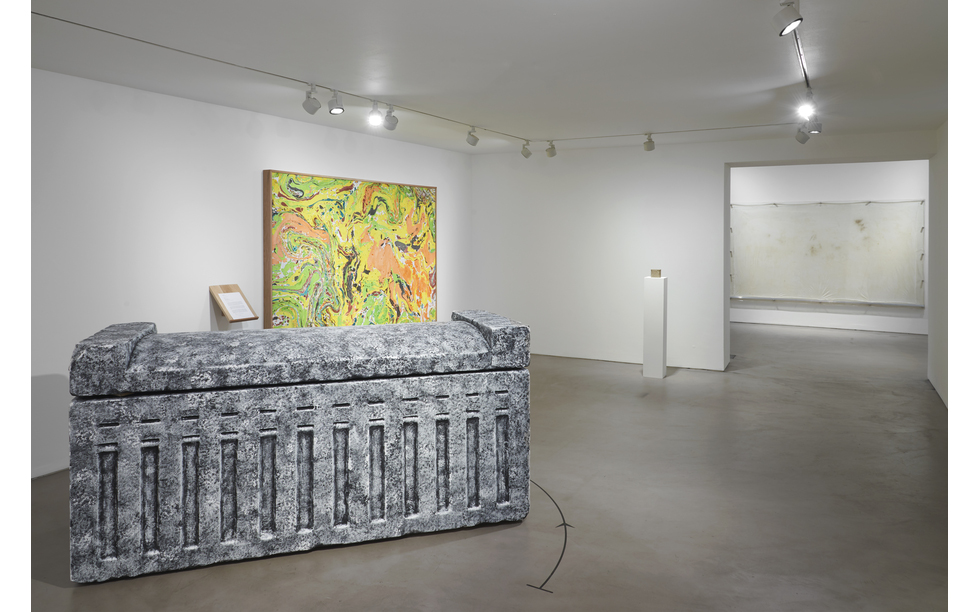
Gala Porras-Kim
As a 2020 resident on the Delfina Foundation’s Collecting as Practice programme, Gala Porras-Kim spent time in the British Museum’s collections, asking whether ancient Egyptian and Nubian funerary artefacts can still perform their original functions (spiritual, sacrificial, devotional) despite their rehoming in faraway collections. The Los Angeles-based artist workshopped proposals to improve the material conditions of these artefacts, now rendered as concrete sculptures in Out of an Instance of Expiration Comes a Perennial Showing, a mixed-media solo exhibition at Gasworks, London.
The show features sound works, a graphite drawing of an Egyptian tomb, letters to museum staff questioning conservation policies, and even a cube sculpture composed of the compressed contents of a MoMA vacuum cleaner bag. This three-dimensional approach allows Porras-Kim to interrogate all facets, seen and unseen, of the Western curatorial process. (Ravi Ghosh)
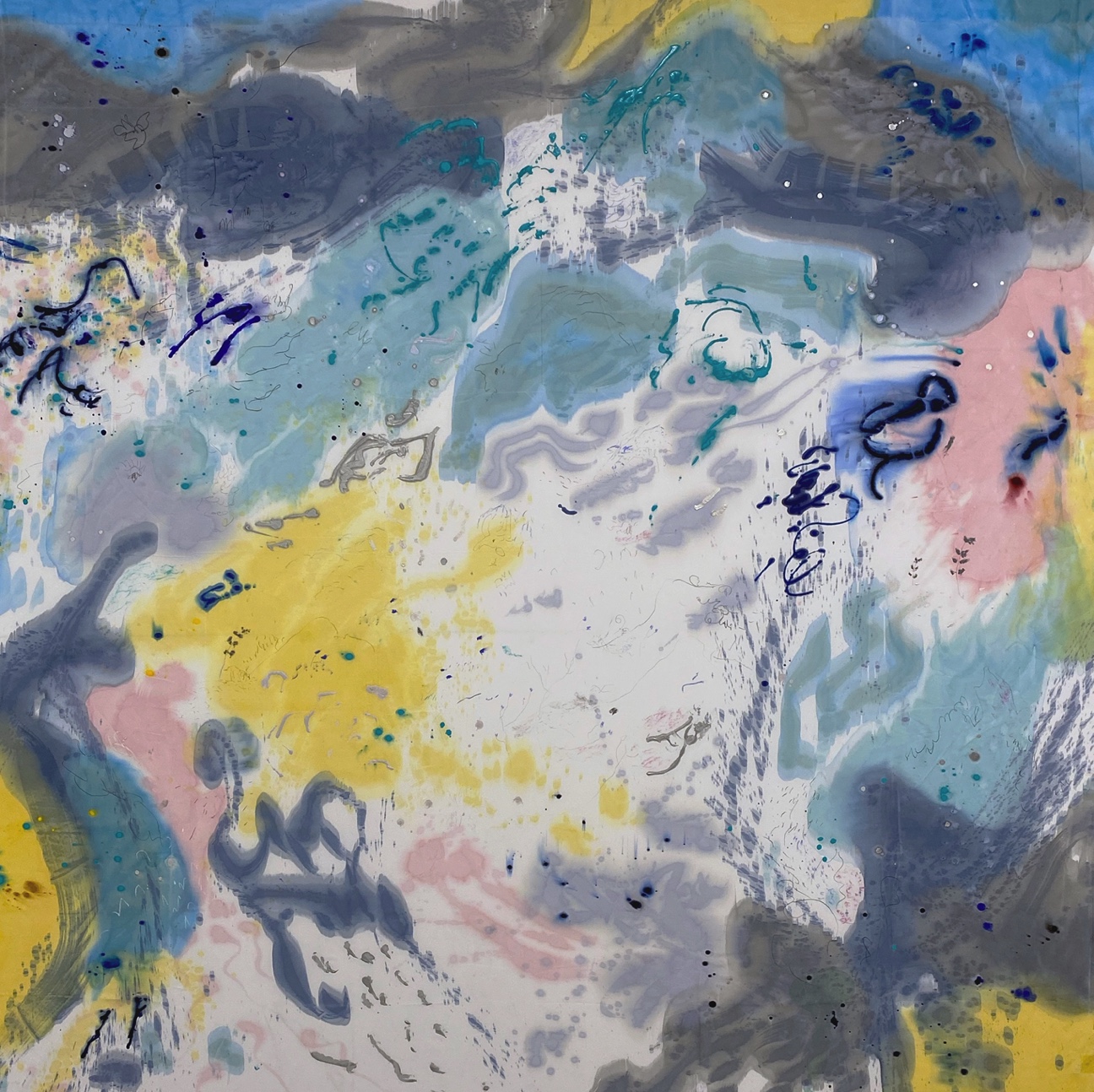
Brian Rattiner
Brian Rattiner’s sublime abstract paintings are currently showing in Two Birds in a Pale Sky at Carvalho Park in New York. These playful new works are the largest he has ever shown, featuring characterful bursts of bright pinks, blues and yellows as Rattiner explores the “freedom” of nature, creating his paintings using loose, instinctive movements.
While these works are abstract, Rattiner classes them as landscape paintings, capturing the essence of outdoor space while leaving exact shapes and forms to the viewer’s imagination. These works all came from two source locations: Anderson Ranch, near Aspen, Colorado, and Monson, Maine. He has also fed natural materials into the creation of these works, including melted snow for the dyed arcs at the bottom of one painting, Finally the Spring. It can be challenging to find new life in landscape painting, given its long and rich history, but Rattiner’s works celebrate the outdoors in imaginative, enticing ways. (Emily Steer)
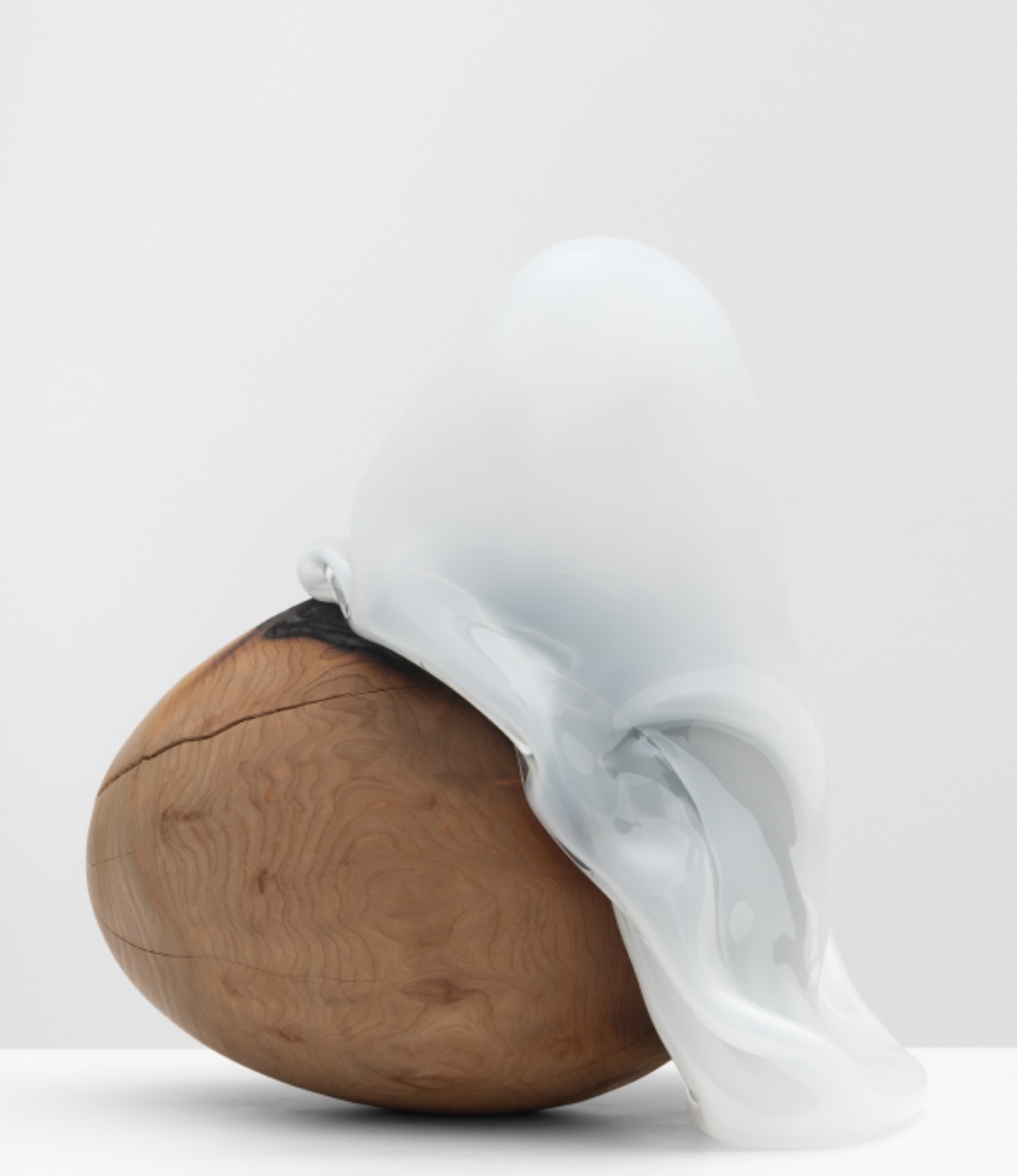
Rachel Rose
Spanning video, sculpture and painting, Rachel Rose’s works often employ unusual techniques; her experimental use of materials and art forms is truly exciting. In her upcoming show at Pilar Corrias’ two London spaces, she presents a new video work Enclosure, which was co-commissioned by LUMA Arles and the Park Avenue Armory; sculptures created from silica in the form of both glass and mineral; and paintings inspired by the 18th-century pigments used by Gainsborough, Palmer, and Constable.
Her work traverses past and present, finding threads between the two and using historical thinking as a way of exploring new ideas. Enclosure, for example, is inspired by the perception of nature in 17th-century England, connecting with contemporary ideas around the economy, the environment and society. She also has a strong eye for aesthetics, creating beautiful, visceral works that demand attention and contemplation. (Emily Steer)
Eric Adjei Tawiah
On show at Gallery 1957 this month, Eric Adjei Tawiah’s first solo exhibition displays 17 new works of stylised, mystical portraiture following a three-month residency in Accra. Threads of Past and Present includes penetrating portraits and warm depictions of the Ghanaian painter’s friends, two fine art students at Kwame in Kumasi here captured on Accra’s Labadi beach.
The artist uses nylon sponge cloth in his works, a technique he calls “sponge martial”, in part-inspired by the act of preparing corpses. They lend the works a distinct, grounded texture, a material reference point amid his cobalt-blue ensemble. The burying rituals surrounding his mother’s death also inspire his paintings’ floral imagery. Wiry stems grow behind characters, while in Reminisces, a lush wave of shrubs surround the emerging blue figure, his face deep in contemplation besides a leaning pink bud. (Ravi Ghosh)
